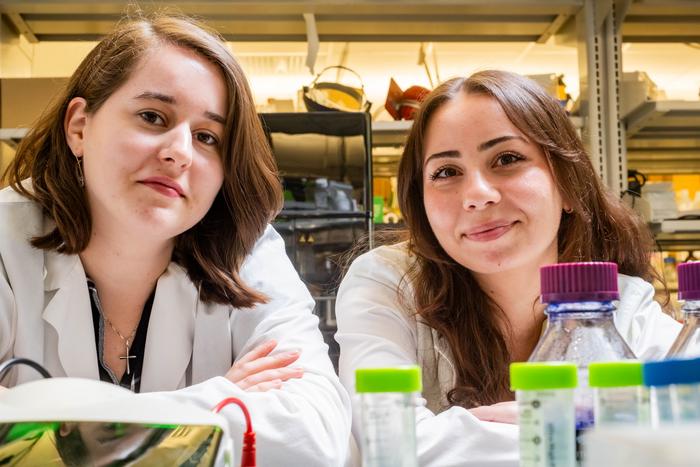Inside the Belly's Bazaar: Probiotics that Light Up Inflammation
Rice University's bioengineers are turning the spotlight on gut health with their glow-on-demand probiotics, designed to detect inflammation
Aug 17, 2023
Troyanphotos (Canva)
In the grand, bustling marketplace of the microscopic, your gut is a veritable bazaar, teeming with a universe of bacteria that would make even the largest cosmopolitan cities seem like tiny hamlets. Among these microbes, there may soon be tiny detectives keen to report on the well-being (or not-so-well-being) of your internal landscape.
"Trust your gut?" One might muse, but your doctor surely will, and with good reason. These are not just any microbes but specially crafted probiotics that can sense and shout out when there's inflammation in your bowels. But will they survive their tumultuous journey through the digestive system?
Rice University's brainiac bioengineers have orchestrated a grand performance: ensuring these bacterial scouts sail smoothly through the treacherous terrain of the gastrointestinal (GI) tract, at least in a rat model, as detailed in the journal, Biomaterials. These bacterial heroes, when they detect signs of trouble, respond by glowing—quite literally! They're wrapped up snugly in alginate particles, ensuring their safety and effectiveness.
The dynamic duo of Rice faculty, Jeffrey Tabor and Omid Veiseh, are at the helm of this project, with their teams combining the magic of synthetic biology with the artistry of biomaterial design. The aim? To create a system that's not just about diagnosing inflammatory bowel disease (IBD) but to track its journey, evaluate treatments, and offer tailor-made care based on one's unique gut composition.

Elena Musteata, a graduate student at Tabor lab and one of the passionate voices behind this work, comments, “For our proof-of-concept study, we chose inflammatory bowel disease. However, the gut's role is vast and intricate, influencing metabolism, immunity, brain function, and more. As we uncover more signs of various ailments, this platform can act as a sentinel for diverse health issues.”
Imagine swapping out the ordeal of multiple colonoscopies and biopsies with a simple pill and a stool test. Samira Aghlara-Fotovat, a bioengineering grad at the Veiseh lab, paints this picture, “With our system, patients could just pop a capsule and later provide a stool sample. Monitoring and tracking health could be revolutionized.”
The speedier the diagnosis, the better the outcome. A sentiment echoed by Musteata, who emphasizes the importance of acting fast, especially with conditions like IBD. This approach could herald a significant leap in managing chronic inflammation and related issues.
Peering into the future, Aghlara-Fotovat envisions a scenario where treatments are fine-tuned based on a patient's unique inflammatory profile. This isn't the first time bacteria have been enlisted to spy on disease markers, but their journey inside the body is fraught with peril, from the acidic ambushes to the savage bile salts.
But, as Musteata points out, cocooning these biosensors in protective alginate shields helps them survive and function in live animals. The strain they've engineered lights up in response to thiosulfate, signaling inflammation in the gut. The benefits of this encapsulation are manifold, making these microscopic agents easier to spot and study.
As with any scientific endeavor, the path to this platform's perfection was riddled with challenges. But the team's commitment to ensuring its reliability and reproducibility was unwavering.
Aghlara-Fotovat reminisces about the journey, “It was an intricate dance of encapsulating bacteria over and over, refining each step. The result had to be fit for clinical use.” She adds with palpable excitement, “Seeing two innovative technologies merge and extend their capabilities was exhilarating.”
Musteata cherishes the collaboration, the blending of disciplines, and the thrill of turning what seemed like a fantastical sci-fi concept a decade ago into a tangible reality.
Indeed, the world is on the brink of embracing these tiny probiotic robots that could journey within us, ensuring our health remains in tip-top shape.


















